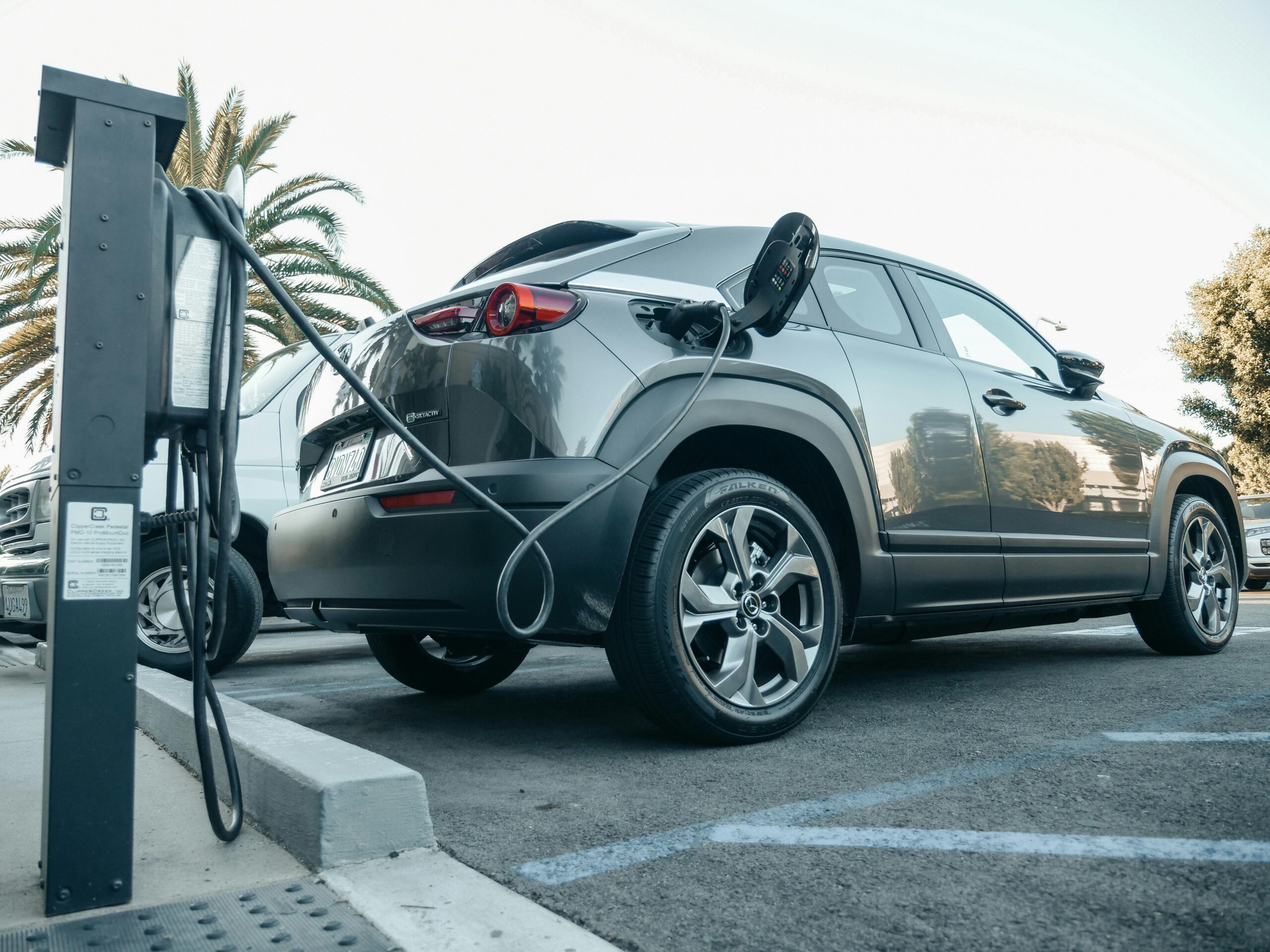The automotive industry is undergoing a transformative shift as the world gravitates towards sustainable solutions to combat climate change. Greenbow.dk Electric vehicles (EVs) have emerged as a frontrunner in this green revolution, promising reduced carbon emissions and a cleaner future. However, the widespread adoption of electric cars hinges on the development of a robust charging infrastructure. In this article, we explore the profound impact of electric car charging infrastructure on adoption rates, shedding light on the key factors influencing the transition to electric mobility.
Accessibility is Key:
One of the primary drivers for the widespread adoption of electric vehicles is the accessibility and convenience of charging infrastructure. Range anxiety, the fear of running out of battery power without a charging station in sight, has been a major hurdle for potential EV buyers. To alleviate this concern, governments, businesses, and investors are investing heavily in building a comprehensive network of charging stations. The more accessible and widespread the charging infrastructure, the more confident consumers will feel in making the switch to electric.
The Urban Landscape:
Urban areas play a pivotal role in shaping the electric vehicle landscape. As cities strive to reduce pollution and congestion, the development of charging stations becomes a crucial component of their sustainability initiatives. The strategic placement of charging infrastructure in urban centers, parking lots, and public spaces encourages EV adoption among city dwellers, who often have limited access to private charging options. Additionally, partnerships between city planners and electric utility companies are essential to ensure the seamless integration of charging infrastructure into urban environments.
Economic Incentives:
Governments worldwide are implementing various economic incentives to encourage the adoption of electric vehicles. These incentives include tax credits, rebates, and subsidies for both electric vehicle purchases and the installation of charging infrastructure. By making electric cars more affordable and the charging infrastructure more financially feasible for businesses and individuals, governments are playing a crucial role in accelerating the transition to sustainable transportation.
Technological Advancements:
Continuous advancements in charging technology are driving the evolution of Greenbow electric car infrastructure. Fast-charging stations, capable of replenishing a significant portion of a vehicle’s battery in a short time, are becoming increasingly prevalent. Additionally, innovations like wireless charging and smart charging solutions are enhancing the overall user experience, making electric vehicles more attractive and user-friendly. The integration of smart grids and renewable energy sources further contributes to the sustainability of electric car charging.
Public-Private Partnerships:
Collaborations between the public and private sectors are instrumental in the development of a comprehensive electric car charging network. Governments provide regulatory support, incentives, and land for charging station installations, while private entities, ranging from energy companies to technology firms, bring expertise, funding, and operational capabilities. These partnerships foster a synergistic approach, ensuring the scalability and efficiency of the charging infrastructure, which is pivotal for widespread EV adoption.
Consumer Education and Awareness:
A critical aspect of driving electric vehicle adoption is consumer education. Many potential buyers may be unaware of the benefits of electric vehicles or may harbor misconceptions about charging infrastructure. Robust educational campaigns can dispel myths, highlight the cost savings associated with EVs, and emphasize the growing availability of charging stations. As consumers become more informed, their confidence in electric vehicles and the supporting infrastructure increases.
Challenges and Solutions:
Despite the positive momentum, challenges persist in the widespread deployment of electric car charging infrastructure. Issues such as grid capacity, standardized charging protocols, and interoperability need to be addressed. Governments and industry stakeholders must collaborate to overcome these challenges, ensuring a seamless charging experience for electric vehicle users. Additionally, innovative solutions like energy storage systems and dynamic charging technologies are being explored to further enhance the reliability and efficiency of charging infrastructure.
Conclusion:
The impact of electric car charging infrastructure on adoption rates is undeniable, serving as a linchpin for the transition to sustainable transportation. As governments, businesses, and technology pioneers continue to invest in and innovate around charging solutions, the future of electric mobility looks promising. With improved accessibility, economic incentives, technological advancements, and public-private partnerships, the global automotive landscape is on the cusp of a green revolution, ushering in an era where electric vehicles dominate the roads, contributing to a cleaner and more sustainable future.
